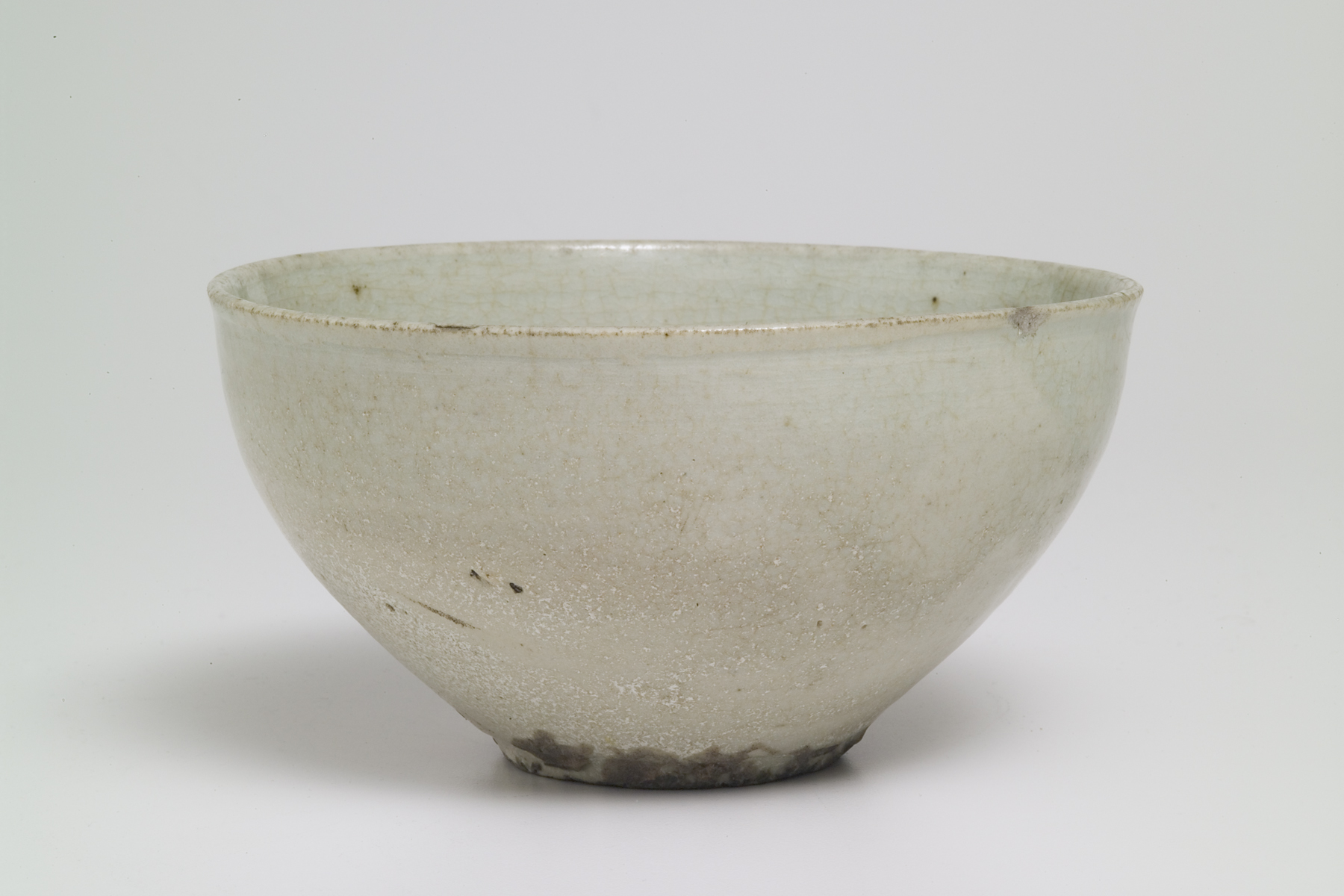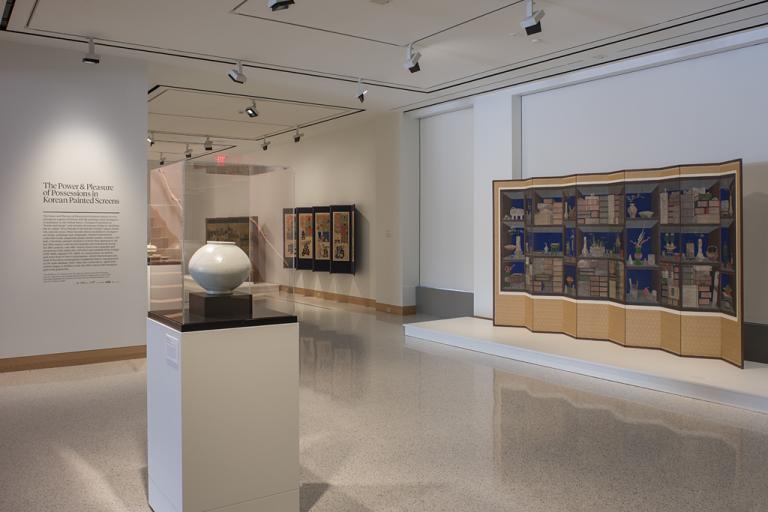bowl, unknown maker from Korea
Artwork Overview
bowl
, 1400s–1500s, Joseon dynasty (1392–1910)
Where object was made: Korea
Material/technique: baegja white ware
Dimensions:
Object Height/Diameter (Height x Diameter): 8.7 x 16.5 cm
Object Height/Diameter (Height x Diameter): 3 7/16 x 6 1/2 in
Object Height/Diameter (Height x Diameter): 8.7 x 16.5 cm
Object Height/Diameter (Height x Diameter): 3 7/16 x 6 1/2 in
Credit line: William Bridges Thayer Memorial
Accession number: 1928.0439
Not on display
If you wish to reproduce this image, please submit an image request


